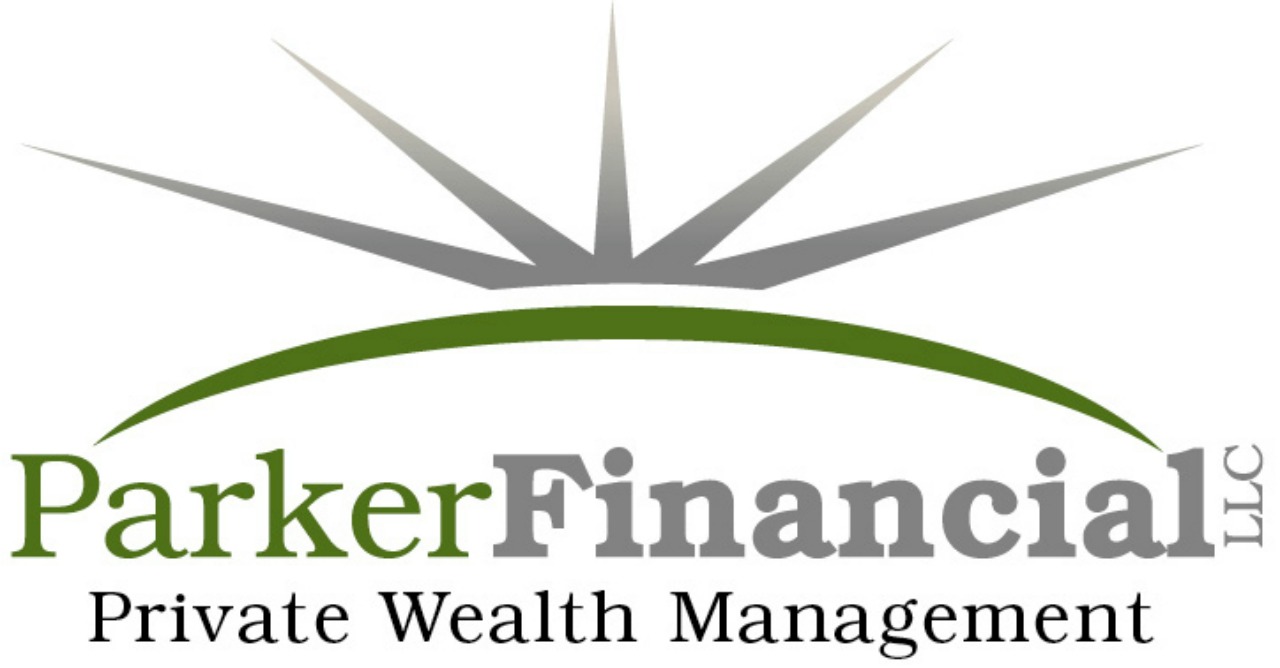In 2013, Eugene Fama won the Nobel Prize in Economics for his work on the efficient market hypothesis. One of his most significant contributions to investing has come from his collaboration with his colleague Kenneth French and their work in the development of Factor Models for Investing and their contribution to portfolio construction at Dimensional Fund Advisors. Asset allocation models based on a factor-based framework have become incredibly popular in the investment community, and many investors are wondering whether or not they should incorporate factors into their retirement investment framework.
Articles, Links & Resources
Interview with Gerrard O’Reilly
Video – Gerrard O’Reilly Integrating Multiple Premiums In Dimensional Strategies
Video – Including profitability in your asset allocation
NY Times – David Booth Interview
Robert Novy-Marx paper – The other side of value: The gross profitability premium
Transcript
Welcome back, America, to Sound Retirement Radio, where we bring you concepts, ideas, and strategies designed to help you achieve clarity, confidence, and freedom, as you prepare for, and transition through, retirement. And now here is your host, Jason Parker.
Jason Parker:
America. Welcome back to another round of Sound Retirement Radio. So glad to have you tuning into this episode. You’re listening to number 385. The title is, What Is Factor Investing? Before we get into today’s show, I always like to get the day started right two ways. The first one is by renewing our mind. And this verse comes to us from Psalms 121, verses one and two, “I lift my eyes to the mountains. Where does my help come from? My help comes from the Lord, the maker of heaven and Earth.” And of course, something to put a smile on your face. What do you do if you get rejected for a job at the Sunscreen Company? Reapply.
One more for you. What do you call a cantaloupe in a swimming pool? A watermelon, of course. Just a reminder that articles, links, and resources can be found at soundretirementplanning.com. Just click on episode number 385 if you want to learn more about anything that we discuss in today’s show. I’m working on a new book, and I hope to have it published by the fourth quarter of this year. The new book is going to be fantastic for those of you that are within five years of retirement or recently retired. My new chapter on investing is by far the most comprehensive investment essay I’ve ever done, and I’m going to share a little piece of this investing chapter with you today. We have so many cool things that we’re working on right now. We just released a new feature within the retirement budget calculator that allows you to get some investing help.
Once logged in, just click on the investment management link at the top of the page. This year’s been an especially volatile time to be an investor, and it sure is nice to have confidence in your investment strategy. If you need a second opinion or you just need some help, just log into the retirement budget calculator and click the investment management link at the top of the page. We’re also working on a new feature to help you track your goals within the retirement budget calculator, and we’re starting to think about how we can incorporate machine learning and artificial intelligence into the retirement calculator. These are really exciting times, and we’re building tools that the average person has never had access to until now. I so enjoy that we get to share life. We’re on this retirement journey together, and life, I found, is better together. We have a few hundred people who have joined the private community in the retirement budget calculator. And if you’re a premium subscriber to RBC, be sure to click on the community link, which can be found at the top of the page after logging into RBC.
Just a reminder, the community portal is not a Facebook page. The community portal is only available to our premium subscribers, and it requires a unique username and password to access the community. We send that link out right after you join, right after you pay for a subscription. But if you lost your registration link or you need a new one, just send us an email at support@retirementbudgetcalculator.com, and we will get you registered and you’ll be able to join the community. Okay, let’s get into this episode. What is Factor Investing? In 2013, Eugene Fama won the Nobel Prize in economics for his work on the Efficient Market hypothesis. One of his most significant contributions to investing has come from his collaboration with his colleague, Kenneth French, and their work in the development of factor models for investing, and their contribution to portfolio construction at Dimensional Fund Advisors.
Asset allocation models based on a factor-based framework have become incredibly popular in the investment community, and many investors are wondering whether or not they should incorporate factors into their own retirement investment framework. So who is Eugene Fama and Kenneth French? Eugene Fama is an American economist who is currently a professor at the University of Chicago Booth School of Business, and he’s best known for his work on asset pricing and portfolio management. Kenneth French is an American economist who is currently a professor at Dartmouth College. He is best known for his work on factor models, asset allocation and mutual fund performance. Eugene Fama and Kenneth French rank within the top 10 most cited fellows of the American Finance Association recognized for their work in financial science. Both Eugene Fama and Kenneth French are on the board of directors at Dimensional Fund Advisors. What is factor research? Factor research is a way to organize historical data as a way to try to understand what drives differences in returns across different groups of securities.
From this research, in these models, you can glean insights about the drivers of expected returns and differences in risk across different asset categories. What are the factors? The three original factors are market risk, size risk, and value risk. Market risk is the risk that cannot be diversified away. Size risk is the risk associated with small capitalization stocks. Value risk is the risk associated with stocks that are trading at a low price to earnings ratio, or a low price to book ratio. Factors such as momentum, profitability, and investment have also been identified. Small company stocks have higher expected returns than large companies. In the early 1980s, David Booth, who had completed his MBA at the University of Chicago, and who had been a student of Eugene Fama, identified that there were not many strategies that targeted the returns of small cap stocks. There was evidence, at the time, that smaller cap stocks had higher average returns historically than large cap stocks, and the expectations were that there would be higher expected returns going forward.
So David Booth, the co-founder of Dimensional, created the Dimensional US micro cap portfolio. Arguably the first systematic factor-based investment strategy for institutional investors. The strategy focused on small cap stocks, which have historically outperformed their counterpart, large cap stocks. The next factor is value over growth or low price equals higher expected returns. Another factor includes a company’s value, which can be derived from a company’s financial statements. These can include a company’s market price, which is determined by looking at price to book ratio, price to earnings ratio, dividends, and free cash flow. Generally, companies are categorized as being either growth or value. Growth companies tend to have higher price to earnings ratio, have a greater focus on reinvesting earnings into assets, and don’t usually pay dividends. Value companies tend to have a lower price to earnings ratio, with less of a focus on asset growth, and pay dividends.
Value stocks have historically outperformed growth stocks. However, there have been extended periods of time where growth stocks have outperformed value. The next factor is investment. Factor investing takes into consideration, at a given price, how much an expected return an investor can expect given a company’s cash flow and profitability. Research done by Dimensional has shown that companies with larger investments or asset growth of their balance sheets tend to decrease expected returns for investors as compared to companies with smaller investments. Historically, businesses with high asset growth or investment have had lower returns than businesses with lower asset growth. As such, Dimensional has explored strategies that take into account the asset growth of companies, finding that excluding small, high asset growth firms has resulted in increased value in portfolio strategy. An example can be found in a simulation run by Dimensional, which explored the impact of excluding firms with high asset growth in small cap market using data from the US small cap market from 1974 through 2018.
And what they found was that excluding growth firms with low profitability and high investment resulted in a return of 14.49% as compared to the overall small cap market, which returned 12.65%. A similar pattern was observed in international markets as well as emerging markets, all of which had experienced greater returns with the exclusion of small high asset growth firms and low profitability growth companies. The next factor is called the profitability premium. In addition, a business’s profitability is another key factor when investing. Given the extensive amount of research on using profitability to increase expected returns, investors really need to take notice of this factor when making investment decisions. Professors Eugene Fama and Kenneth French are credited with taking financial data that is observable, and using it to find information about expected future profitability for companies. Their research showed that a business’s current profitability can tell us about its profitability for years to come, thereby helping to predict the success of a company’s stock or the investor’s expected return in the long run.
Building off of Fama and French’s influential findings, professor Robert Novy-Marx, who’s a world-renowned expert on empirical asset pricing, explored the relationship between different measures of current profitability to stock returns. An important insight that Novy-Marx found, was that in taking a company’s profits, not all current revenues and expenses have information about future profits. He found that firms sometimes have revenues or expenses that are extraordinary, which they don’t expect to recur. Accounting for these anomalies Novy-Marx utilized national data from the 1960s through 2013 that excluded non-recurring expenses or revenue, and revealed that a strong connection between current profitability and future stock returns. He discovered that firms with better profitability had higher returns than those with less. Research by Dimensional further confirmed Novy-Marx’s work. Data taken from Dimensional’s high versus low profitability indices have shown that from 1964 through 2016, the high profitability index had an annual compounded return of 12.55% as compared to 8.23% for the low profitability index.
The same pattern was found in international markets as well as emerging markets, with high profitability firms outperforming low profitability firms. In conclusion, investing doesn’t have to be a guessing game, and rational decisions can be made backed by data and research done by those in the academic community. You can’t expect that picking individual stocks will generate superior returns. Broad diversification is an intelligent way to reduce risks when investing. And insights from the academic community show that developing investment portfolios, based on financial science, can yield the desired results for an individual investors seeking higher expected risk adjusted returns. Looking at factors such as size, value, investment, and profitability, have shown to be important and reliable drivers of higher expected returns. Vanguard offers low cost market cap weighted index funds, and Dimensional offers, what I would call, enhanced index funds that incorporate financial science to tilt portfolios with a higher expected return by using factors. You can combine both Vanguard and Dimensional funds to enjoy low cost broad diversification and academic research to increase confidence in your retirement investment Strategy.
Information and opinions expressed here are believed to be accurate and complete, for general information only and should not be construed as specific tax, legal, or financial advice for any individual, and does not constitute a solicitation for any securities or insurance products. Please consult with your financial professional before taking action on anything discussed in this program. Parker Financial, its representatives or its affiliates have no liability for investment decisions or other actions taken or made by you based on the information provided in this program. All insurance related discussions are subject to the claims paying ability of the company. Investing involves risk. Jason Parker is the president of Parker Financial, an independent, fee-based wealth management firm located at 90 57 Washington Avenue Northwest, Silverdale, Washington. For additional information, call 1800 514 5046, or visit us online at soundretirementplanning.com.






